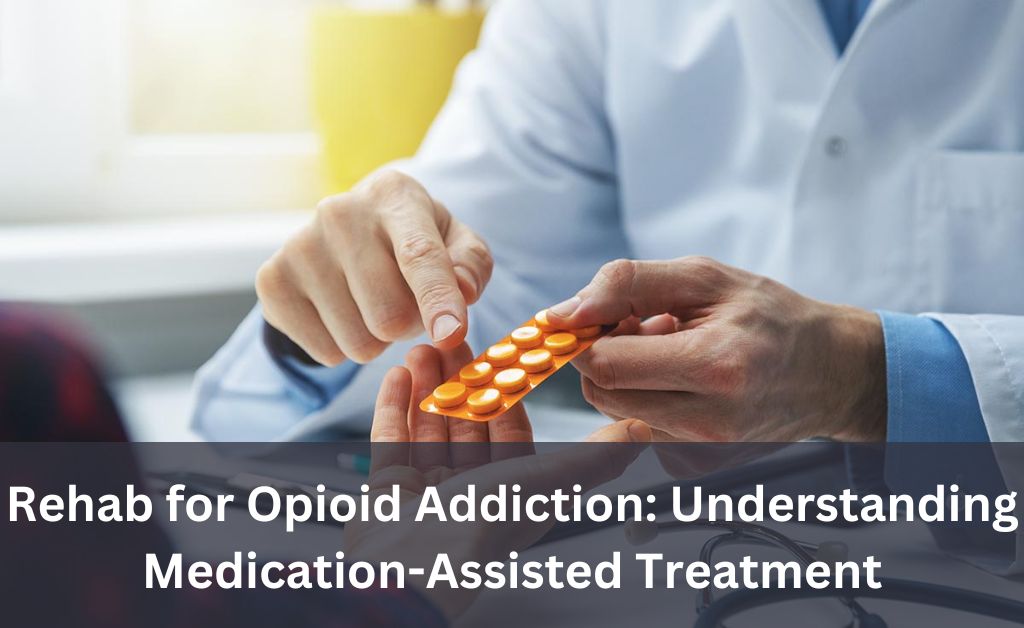
Opioid addiction is rampant in the US. The Center for Disease Control and Prevention (CDC) reported about half a million deaths from drug overdose between 2000 and 2015.
Most people visit the doctor for pain relief, and various drugs can relieve pain. One of these is opioids; doctors may call it narcotic or opiate. In fact, doctors prescribe opioids to 20% of patients in pain.
But there is something like opioid use disorder (OUD), where the patient is dependent on opioids. Three million people in the US suffer from OUD (or at least have had the experience). Mental professionals and mental health specialists have devised a solution for this type of drug addiction –a solution called Medication Assisted Treatment.
There now exists Drug Rehabilitation Campuses in the US that are utilizing this solution among others to help those with opioid addiction.
Click here to learn more.
What is medication Assisted Treatment (MAT)
Medication-assisted treatment is a recovery routine for substance use disorder that combines non-addictive medications with behavioral therapy and is unique to individual needs. It seeks to offer a whole-patient approach to treatment for substance abuse, making it effective in sustaining patient recovery and helping prevent opioid overdose.
Here is how it works. Prescribed medication aims to normalize brain chemistry, block the blissful effect of opioids and alcohol, normalize body functions, and relieve physiological cravings without the euphoric and negative impact of the drug.
MAT, therefore, isn’t a substitute for another drug but a medication to revive the brain to its stable state to boost the success rate of other treatment modalities like DBT. Medication-assisted treatment has been shown to;
- Aid full recovery
- Boost treatment retention rates
- Increase patient survival rates
- Reduce criminal activities incited by alcohol and opioid use
- Help patients acquire or keep employment.
Drugs You’ll Use in a Medication-Assisted Treatment
MAT employs three types of drugs (agonists, partial agonists, and antagonists) and seeks to prevent relapse and relieve withdrawal symptoms. These are FDA-approved:
Agonists
Agonists act on the same brain receptors as opioids, but they work longer. They trick brain receptors into thinking it’s having heroin or opioid painkillers.
Their effects unravel slowly, last longer, and are less intense. The patients taking the agonists don’t likely differentiate the two but desist from cravings and withdrawal symptoms.
Partial Agonists
Partial agonists operate the same as agonists but with weaker effects. Take Buprenorphine, for example. The better part of the drug is milder than agonists, although it also induces side effects like decreased breathing and euphoria. When used with naloxone (an opioid antagonist), they produce a combination typically referred to by the brand name suboxone. They are available in film sheets or sublingual pills.
Antagonist
Antagonists (like Naltrexone) block brain receptors entirely and prevent them from getting active. That means an antagonist user cannot get the ‘high’ feeling, even if they return to using. The illicit substance cannot re-activate receptors.
Looking For Medication-Assisted Treatment (Mat)?
MTA seeks to offer patients a holistic approach to recovering from opioid Addiction. It ensures the victim gets the best treatment plan addressing all concerns. Click here for further inquiries or learn more.
